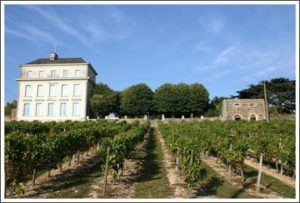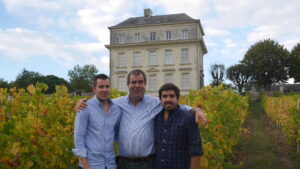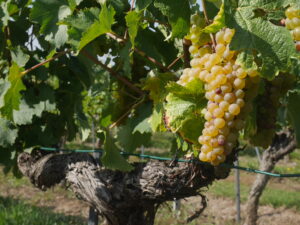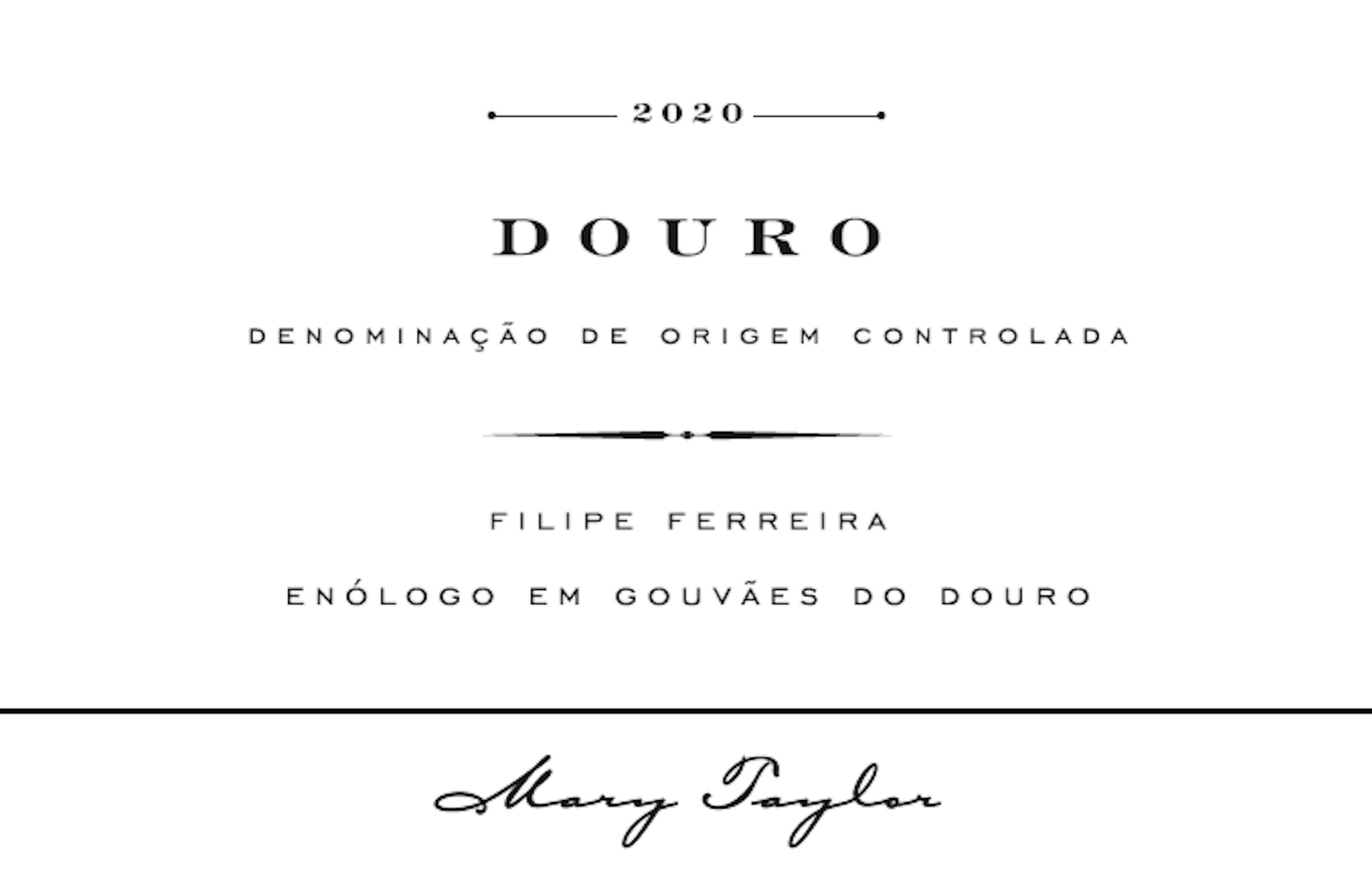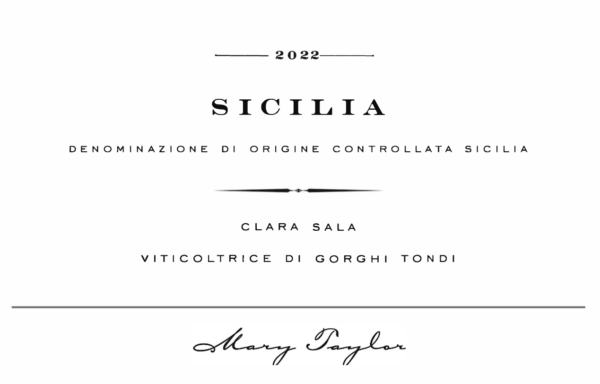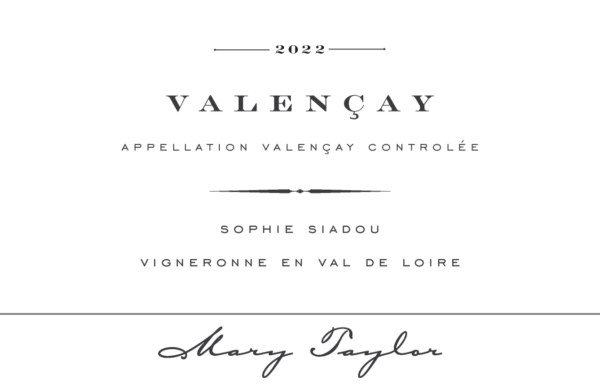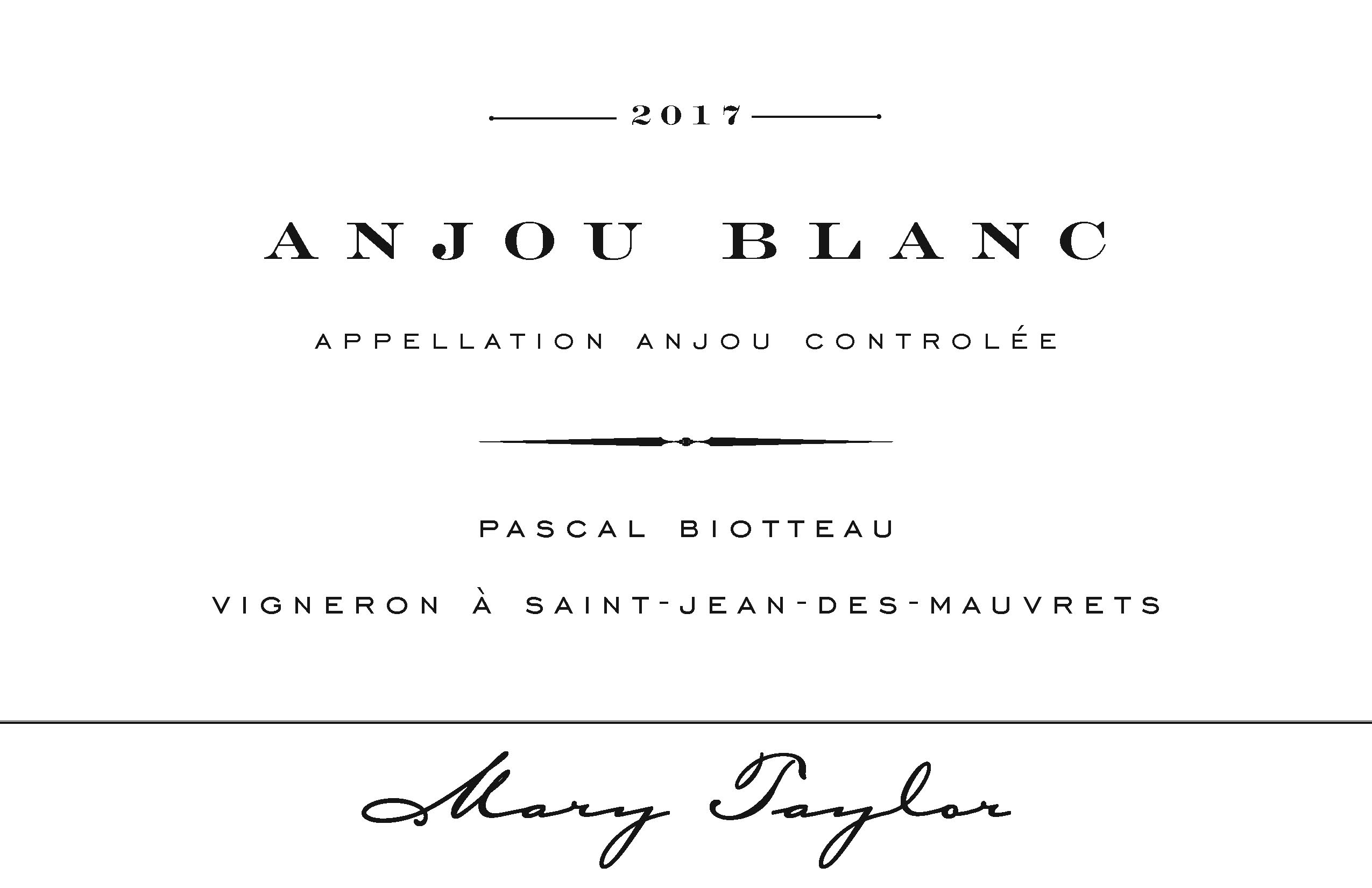
Wine Description
Reviews
91 Points – Best Buy – Wine Enthusiast – 2022
“This is a Chenin Blanc for palates that crave complexity. This wine has an aromatic nose of golden apple, orange blossom, white peach, ripe pear and lemon zest. There are additional notes of chamomile tea and pencil shavings on the honeyed midpalate that lend intrigue and depth.”
92 Points – John Gilman, View From The Cellar (full review below)
“The 2020 Anjou Blanc from Pascal Biotteau is a lovely young example of chenin blanc. The bouquet is bright and nicely high-toned in personality out of the blocks, wafting from the glass in a mix of apple, sweet quince, chalky soil tones, a touch of bee pollen and a topnote of white lilies. On the palate the wine is bright, full-bodied, focused and rock solid at the core, with excellent transparency and cut, zesty acids and a long, complex and beautifully balanced finish. This is excellent Anjou Blanc! 2021-2035. 92” – John Gilman, View From The Cellar, May-June 2021 #93
90 Points – Michael Godel, Wine Align
“The Mary Taylor négoce project in the Loire Valley partners with vigneron Pascal Boitteau in Saint-Jean-des-Mauvrets. In chenin blanc there is this honeyed and yellow apple fruit forwardness that takes over the aromatic front. This is followed by fleshiness and succulence like biting into ripe and tart stone fruit, a peach per se though in chenin terms this is really quite fully dry. Good shine and acid strength propels the wine forward and as Anjou Blanc it succeeds with flying colours. Drink 2022-2025. Tasted August 2022.”
Our Take
Pascal Biotteau Anjou Blanc
If no wine region on earth can rival the stylistic diversity on display in France’s Loire Valley, the appellation of Anjou offers the perfect microcosm of the region as a whole. Long a staple of the bistros of Paris, the area is home a to a mind-bogglingly vast array of expressions— from white to red, bone-dry lusciously sweet, still to sparkling— derived from a handful of different grapes, from Cabernet Franc and Gamay to Sauvignon Blanc and Chardonnay. But one grape variety could be called the most distinctive of all: Chenin Blanc.
Although Chenin has been cultivated around the city of Angers for centuries, earning praise from none other than writer François Rabelais in the 16th century, over recent years it has inspired a cult-like obsession among wine lovers thanks to its chameleon-like ability to assume a multiplicity of guises. But here in the Loire, as in all of France, the character of the grape is always secondary to that of the soil. And it’s the superb dry versions of Chenin blanc—with their high-wire balancing act between textural richness, orchard fruit, and mouthwatering acidity—that offer the clearest window into Anjou’s varied terroirs.
Geographically, the region is divided into two dominant profiles, based on soil types. The first of these, “Anjou Blanc,” lies toward the west of the appellation, where chalky limestone soils impart a lighter, more energetic expression of Chenin. Then there’s “Anjou Noir,” referring to the dark volcanic schist soils of the easternmost edge of the Massif Armorican, where Chenin assumes a richer, more full-bodied character. Sourced from vineyards that fall exactly along the border of these two sub-regions, this gorgeously subtle white from fourth-generation winemaker Pascal Biotteau comes from the village of Saint-Jean-de-Mauvrets, situated on the old Roman road from Angers to Poitiers.
When the property was sold to the local Cardinal in 1576, he put up an old Latin sign that translates to “Here by conscience and wisdom all things are conducted.” Today, that phrase perfectly describes the work being done by Pascal and his son Charles-Eusebe, who farm their 200 hectares of vines with great attention to the expression of their unique terroir. Combining the fresh acidity of the “Anjou Blanc’s” limestone with the flinty, mouth-coating richness of the “Anjou Noir,” the estate’s classic style offers a beautiful composite picture of Anjou as a whole, with honeyed notes of apricot giving way to a tangy mineral finish. The sort of classic “bistro wine” wine that you’d dream of drinking on a warm summer evening in Paris, it’s fantastic for fresh goat-cheese salads, fish in cream sauce, or even herb-roasted pork or chicken. Just don’t serve it too cold, according to Mary, to avoid masking its full depth and aromatic complexity.
